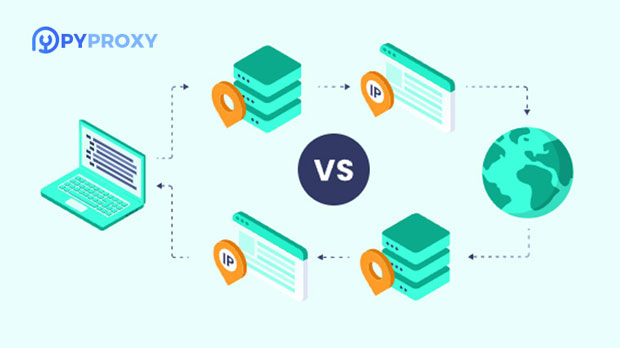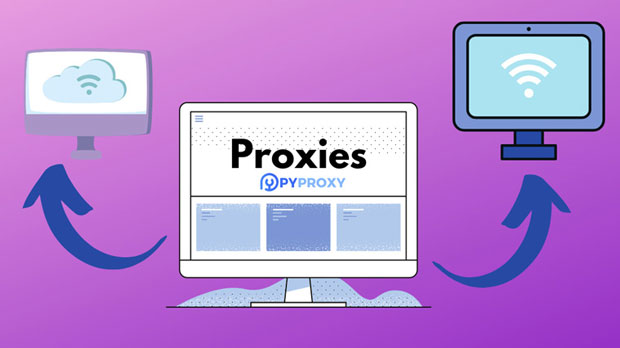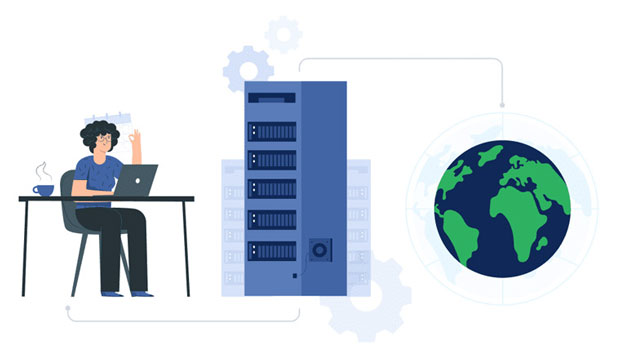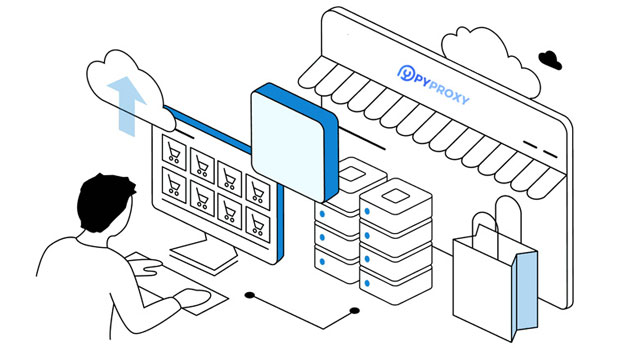What are the future trends in the Residential IP Proxy market?
The residential ip proxy market is rapidly evolving, driven by increased demand for anonymity, security, and access to geo-restricted content. As businesses and individuals face rising concerns about online privacy and cybersecurity, the need for residential ip proxies continues to grow. In the future, this market will likely experience advancements in technology, a diversification of use cases, and a broader adoption across various sectors. By enabling users to mask their real IP addresses, residential proxies offer distinct advantages such as bypassing geographic restrictions, scraping data anonymously, and protecting sensitive information. This article explores the future development trends of the residential ip proxy market, highlighting key factors that will shape its growth. 1. Technological Advancements and AutomationThe future of the residential IP proxy market will be significantly influenced by technological advancements. With the rapid pace of innovation in the digital landscape, it is expected that providers will continue to enhance their proxy solutions, making them more sophisticated and secure. Key technological improvements include the integration of artificial intelligence (AI) and machine learning (ML) into proxy networks to improve efficiency, speed, and the ability to bypass increasingly complex detection systems.In particular, AI-powered proxies will be able to mimic human-like behavior more convincingly, allowing users to stay undetected while accessing websites that have implemented advanced security measures. These advancements will also enable more robust handling of large-scale web scraping tasks, ensuring that data extraction can be done in real-time without triggering any alarms.Moreover, automation in proxy management will streamline the process for users, allowing them to scale their operations effortlessly. This automation will be particularly beneficial for industries such as e-commerce, digital marketing, and research, where real-time data collection is essential.2. Expanded Use Cases and Industry AdoptionAs the capabilities of residential IP proxies grow, their application areas will continue to expand across different industries. In the past, residential proxies were primarily used for web scraping and bypassing geo-restrictions. However, the increasing sophistication of these proxies has paved the way for their adoption in a broader range of use cases.In e-commerce, businesses will increasingly rely on residential proxies for price monitoring, competitive analysis, and product tracking. With the ability to collect data from a wide range of geographical locations, companies can better understand pricing trends, consumer behavior, and market conditions in different regions, giving them a competitive edge.Digital marketing agencies will also continue to use residential proxies to conduct social media automation, manage multiple accounts, and gather insights from diverse locations. Proxies allow these agencies to carry out these activities in a way that does not raise suspicion, minimizing the risk of account bans or being flagged by platforms.Additionally, industries involved in market research and data aggregation will find residential proxies invaluable for gathering large datasets from various sources without the fear of IP blocking or detection. As more companies see the value of these proxies, the demand will increase, leading to further growth of the market.3. Rising Demand for Privacy and AnonymityThe growing concern about online privacy will be a key driver of the residential IP proxy market in the coming years. As individuals and organizations face increased scrutiny regarding their online activities, protecting personal and business data has become a top priority.Residential IP proxies offer a high level of anonymity, as they use real residential IP addresses, making it difficult for websites and services to distinguish between legitimate users and automated bots. This feature will continue to be a major selling point for consumers who wish to safeguard their privacy and avoid being tracked online.Additionally, the increasing number of cyber threats, data breaches, and online surveillance measures will propel the adoption of residential proxies. By masking a user's real IP address, these proxies help mitigate the risk of identity theft, hacking, and other forms of cybercrime. As privacy concerns grow, both individuals and businesses will be more inclined to invest in secure residential proxy solutions.4. Legal and Ethical ConsiderationsWhile the residential IP proxy market presents many opportunities, it also faces challenges related to legal and ethical concerns. As the use of proxies becomes more widespread, regulatory bodies are beginning to focus on how these tools are being utilized, particularly when it comes to data scraping and bypassing geo-blocking.In the future, we may see an increase in regulations governing the use of residential proxies, especially with regard to data privacy laws such as the General Data Protection Regulation (GDPR) in Europe and other similar frameworks worldwide. Companies and individuals will need to ensure that they use proxies in compliance with local laws and regulations to avoid penalties and reputational damage.Moreover, ethical concerns regarding the use of proxies for activities like competitive intelligence, content scraping, and circumventing website access restrictions may lead to a reevaluation of the proxy market's practices. It will be crucial for the industry to address these concerns by establishing transparent usage guidelines and fostering responsible proxy deployment.5. Increased Competition and Market FragmentationAs the demand for residential IP proxies continues to rise, more players are likely to enter the market, leading to increased competition. This influx of new entrants will drive innovation, with companies striving to offer better features, enhanced security, and more competitive pricing to attract customers.At the same time, this heightened competition may result in market fragmentation, with different service providers targeting niche segments or offering tailored solutions to specific industries. For example, some companies may focus on providing proxies for e-commerce businesses, while others may specialize in social media management or market research.The diversity of offerings will allow consumers to choose from a range of proxy services that align with their specific needs, further expanding the residential proxy market. However, this competition will also put pressure on existing providers to continually improve their services to maintain their market position.6. Global Expansion and Regional ConsiderationsThe residential IP proxy market will continue to expand on a global scale as businesses and individuals seek solutions to access region-specific content and data. As globalization increases and the need for cross-border communication and research grows, residential proxies will play an essential role in bridging geographic gaps.Providers will need to address the varying requirements of different regions, such as local compliance standards, language preferences, and service availability. By offering proxies in diverse geographical locations, companies will be able to cater to clients from all over the world, ensuring that they can access content and data from any part of the globe.Furthermore, emerging markets in regions like Asia, Africa, and Latin America are expected to become key areas of growth for the residential IP proxy market. As internet penetration increases in these regions, the demand for proxies to bypass local censorship and access global content will rise.ConclusionThe residential IP proxy market is set for significant growth in the coming years, driven by advancements in technology, rising privacy concerns, and an expanding range of use cases. As businesses and individuals increasingly prioritize anonymity and security, residential proxies will continue to offer valuable solutions for accessing geo-restricted content, collecting data, and protecting online privacy. However, the market will also face challenges related to legal and ethical considerations, competition, and regional requirements. By navigating these complexities and capitalizing on emerging trends, the residential IP proxy market will remain a crucial component of the digital ecosystem.
2025-02-10
























































